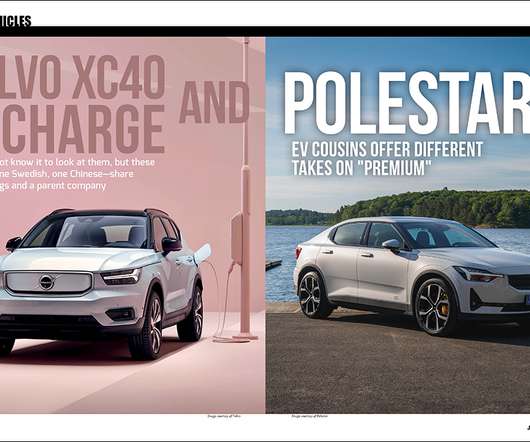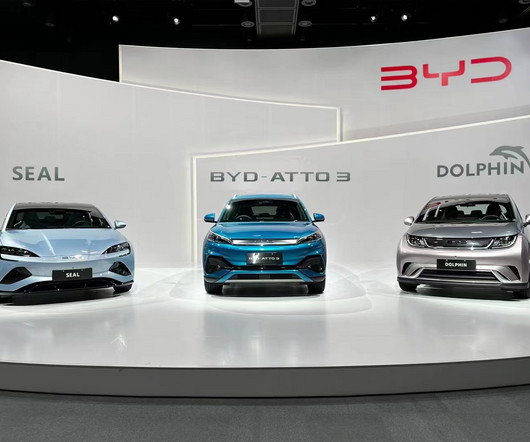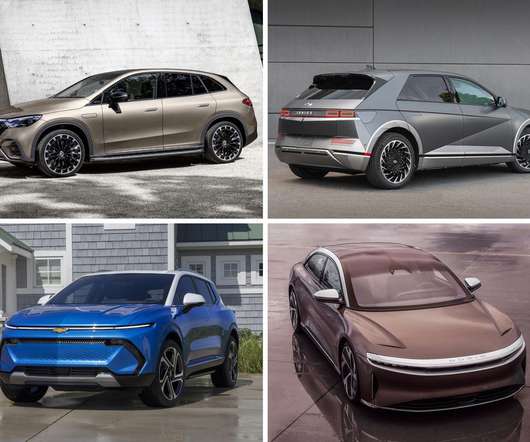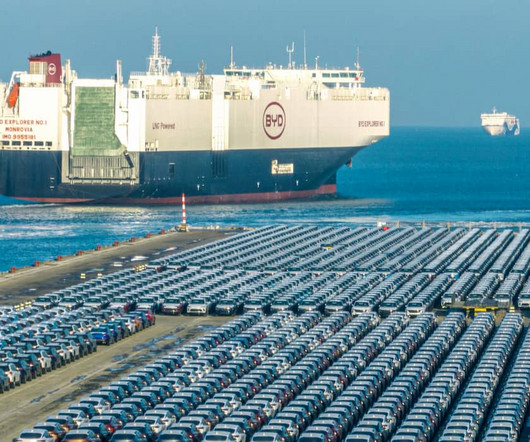Volvo XC40 Recharge and Polestar 2: EV cousins offer different takes on “premium”
Charged EVs
FEBRUARY 23, 2021
You might not know it to look at them, but these two cars—one Swedish, one Chinese—share underpinnings and a parent company. Volvo and its Chinese parent Geely are very serious about selling cars that plug in. In 2019, Volvo launched the XC40 compact crossover, a boxy but stylish compact SUV with a 2.0-liter












Let's personalize your content